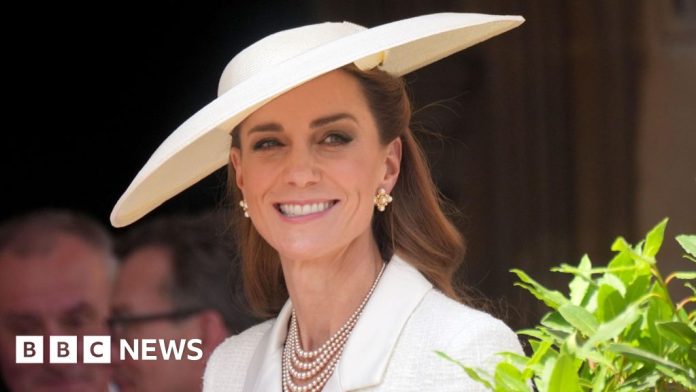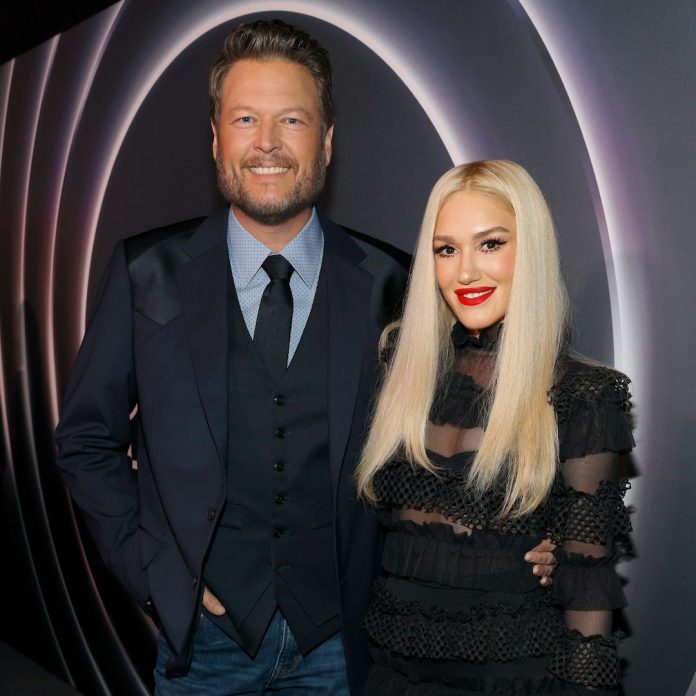
Are NPR and PBS doomed? Despite the Trump administration’s sound, fury and executive orders aimed at cutting off federal funding for public media, “defunding” is not a sure thing.
It is far from clear that President Trump’s May 1 executive order “ending taxpayer subsidization of biased media” will survive legal challenge. It instructs a legally independent nonprofit organization, the Corporation for Public Broadcasting, as to what it must do. Nor is it clear that another means toward that end — firing many of the current CPB board members — will survive its own legal challenge.
The real test for the most serious effort to defund public media since its creation in 1967 has come in Congress. The House last week passed the White House’s $9.48 billion spending rescission package, including its request to claw back $1.1 billion funds that Congress has already appropriated for the Corporation for Public Broadcasting, which distributes those funds to NPR, PBS and local stations. Federal public media funding will survive only if the Senate doesn’t go along.
For that to happen, PBS and especially NPR — which stirs the greatest animosity — must change their strategy. Its self-righteous defense of the status quo must shift quickly toward an acknowledgment of shortcomings, along with compromise alternative approaches for public media funding rules — including one already found in the president’s executive order.
As with any major vote in the current Congress, a handful of individual votes can make the difference. So will the rules of the vote. The up-or-down vote in the House made it difficult even for Republican moderates not to support recission.
In the Senate, however, the rules could permit individual votes on each element of recission package — meaning each senator would be on record. Many senators are fond of their local public media stations, which often serve as the only source of local journalism. Politicians like to be on local talk shows and to have their press releases get attention.
But Republican moderates will need good reason to resist White House pressure — and that will require change at NPR and PBS. To date, public media leaders have simply dug in.
NPR President Katherine Maher, for instance, in response to the executive order, stated that “NPR is a non-partisan news organization that adheres to and upholds the highest standards of public service in journalism.” She may well believe that — but there has to be some reason that a 2012 Pew Research Foundation survey found that only 17 percent of NPR listeners were Republicans.
In a polarized country, NPR and the PBS News Hour are too often comfort food for progressives — just as Fox News is for conservatives. But Fox is not subsidized by taxpayers.
To survive the defunding effort, NPR and PBS must do more than cling to Big Bird, now flying thanks to Netflix. They should rather acknowledge that, especially in their public affairs programming, they are not serving a broad cross-section of Americans, either geographically or culturally.
Moreover, NPR and PBS should recognize that, even in Trump’s seemingly draconian executive defunding order, there is a section that suggests compromise. The order includes detailed instructions regarding the Corporation for Public Broadcasting’s $267 million in “community service grants” to local stations and which, as the order notes, provide “indirect” NPR and PBS funding when used to purchase national programming. The White House wants that to end.
The public media bodies should agree to support amending the Public Broadcasting Act to allow local stations to keep their grants and not be required to pay dues or programming fees to NPR or PBS. Instead, they should use the funding as seed money for something “underserved” markets desperately need — local journalism.
The White House notes correctly that the media world has changed dramatically since the Public Broadcasting Act was passed in 1967 — but one market failure has been the emergence of news deserts, thanks to the closures of thousands of local newspapers. At its best, NPR local journalism — in St. Louis, Akron, Dallas, Chicago and elsewhere — is filling that void.
For their part, NPR and PBS should commit to raising their own funds privately, while still making use of local reporting produced by affiliate stations. What’s more, they should commit to diversifying their funding sources. Progressive foundations such as Ford, Rockefeller and MacArthur have used generous funding to influence which stories get covered.
NPR and PBS should also report annually to Congress about the source of their funds — where donors live — and their ratings in all states and metro areas. Their goal must be to reach a broader audience in order to make their case for continued funding. A stick Congress could wield is the potential to revoke their tax-exempt status.
But to start, public media has to acknowledge it has a problem with perceived bias to succeed in what is now an uphill fight to survive. To do so, it must admit its shortcomings and offer specifics about how it will change.
Howard Husock served as a Republican member of the Corporation for Public Broadcasting Board of Directors from 2013 to 2017. His films for WGBH-TV, Boston won national and New England Emmy Awards.









